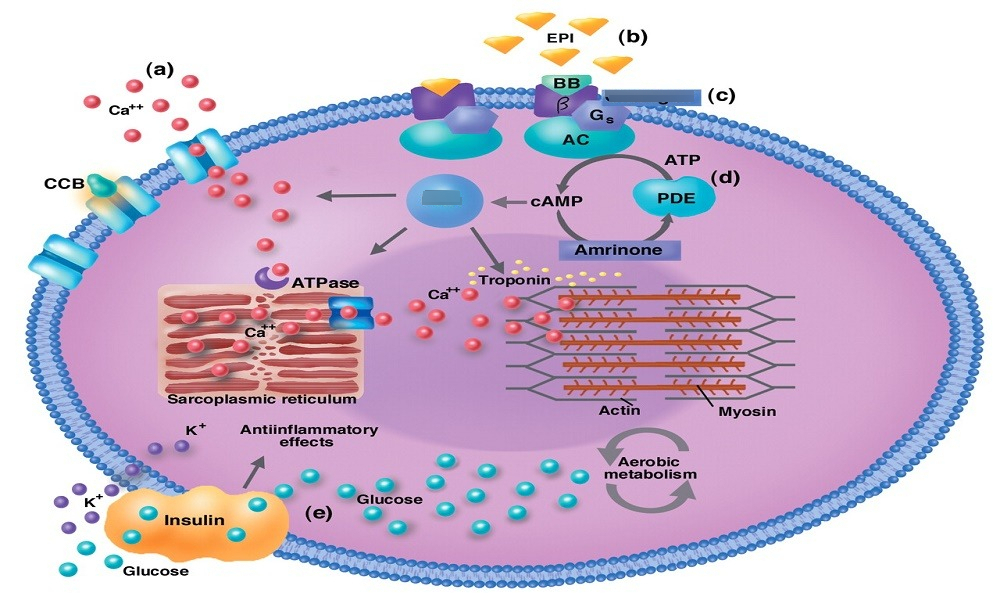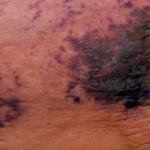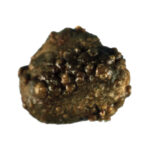Calcium channel blockers (CCBs) are widely used medications for managing hypertension, angina, and certain cardiac arrhythmias. While beneficial when used correctly, an overdose of CCBs can lead to life-threatening complications. Understanding the causes, symptoms, and treatment of calcium channel blocker overdose is essential for timely intervention and prevention of severe outcomes.

What Are Calcium Channel Blockers?
Calcium channel blockers inhibit the entry of calcium ions into cardiac and smooth muscle cells through voltage-gated calcium channels. This mechanism results in vasodilation, reduced myocardial oxygen demand, and decreased blood pressure. Commonly prescribed CCBs include:
- Dihydropyridines: Amlodipine, Nifedipine
- Non-Dihydropyridines: Verapamil, Diltiazem
While effective in therapeutic doses, overdose significantly impacts cardiovascular, metabolic, and neurological systems.
Causes of Calcium Channel Blocker Overdose
Intentional Overdose
Intentional ingestion of excessive CCB doses is often associated with self-harm or suicide attempts. These situations require urgent medical evaluation and psychiatric support.
Accidental Overdose
Accidental ingestion can occur due to improper dosing, especially in older adults with multiple medications or in pediatric cases involving unsupervised access to CCBs.
Drug Interactions
Concomitant use of other medications such as beta-blockers, digoxin, or medications affecting CYP450 enzymes may increase the risk of toxicity.
Symptoms of Calcium Channel Blocker Overdose
Cardiovascular Symptoms
- Severe hypotension
- Bradycardia or tachycardia
- Cardiogenic shock
- Arrhythmias
Neurological Symptoms
- Dizziness
- Confusion
- Seizures
- Coma
Metabolic Symptoms
- Hyperglycemia (key indicator in overdose)
- Lactic acidosis
Pathophysiology of Calcium Channel Blocker Toxicity
In overdose situations, excessive blockade of L-type calcium channels disrupts intracellular calcium homeostasis. This leads to:
- Reduced Cardiac Output: Impaired myocardial contractility and conduction.
- Peripheral Vasodilation: Worsening hypotension and shock.
- Hyperglycemia: Due to inhibition of insulin release from pancreatic beta cells.
Diagnosis of CCB Overdose
Diagnosis relies on a combination of clinical presentation and laboratory tests:
- Patient History: Information on medication ingestion.
- Electrocardiogram (ECG): Bradycardia, PR prolongation, or QRS widening.
- Laboratory Tests:
- Elevated blood glucose levels
- Arterial blood gas (ABG) analysis to detect acidosis
- Serum electrolyte levels
Treatment of Calcium Channel Blocker Overdose
Effective management involves supportive care and targeted therapies to counteract toxicity.
Initial Stabilization
- Airway Management: Ensure oxygenation and ventilation.
- Intravenous Fluids: Correct hypotension and maintain perfusion.
Antidotes and Specific Interventions
Calcium Administration
- Calcium Gluconate or Calcium Chloride: Enhances intracellular calcium levels, improving myocardial contractility and vascular tone.
High-Dose Insulin-Euglycemia Therapy (HIET)
- Insulin improves myocardial glucose uptake and function, countering the effects of CCB-induced toxicity.
Vasopressors
- Agents such as norepinephrine or epinephrine are used to restore blood pressure and support cardiac output.
Lipid Emulsion Therapy
- Particularly effective for lipophilic CCBs like verapamil and diltiazem.
Advanced Measures
- Hemodialysis: Limited effectiveness due to high protein binding of CCBs.
- Extracorporeal Membrane Oxygenation (ECMO): Used in refractory cases.
Prevention of Calcium Channel Blocker Overdose
Safe Medication Practices
- Store CCBs securely, away from children.
- Follow prescribed dosages carefully.
Education
- Educate patients and caregivers on the risks of overdose.
- Highlight the importance of regular follow-ups.
Monitoring
- Periodic blood tests to ensure proper therapeutic levels in patients with comorbidities or polypharmacy.

